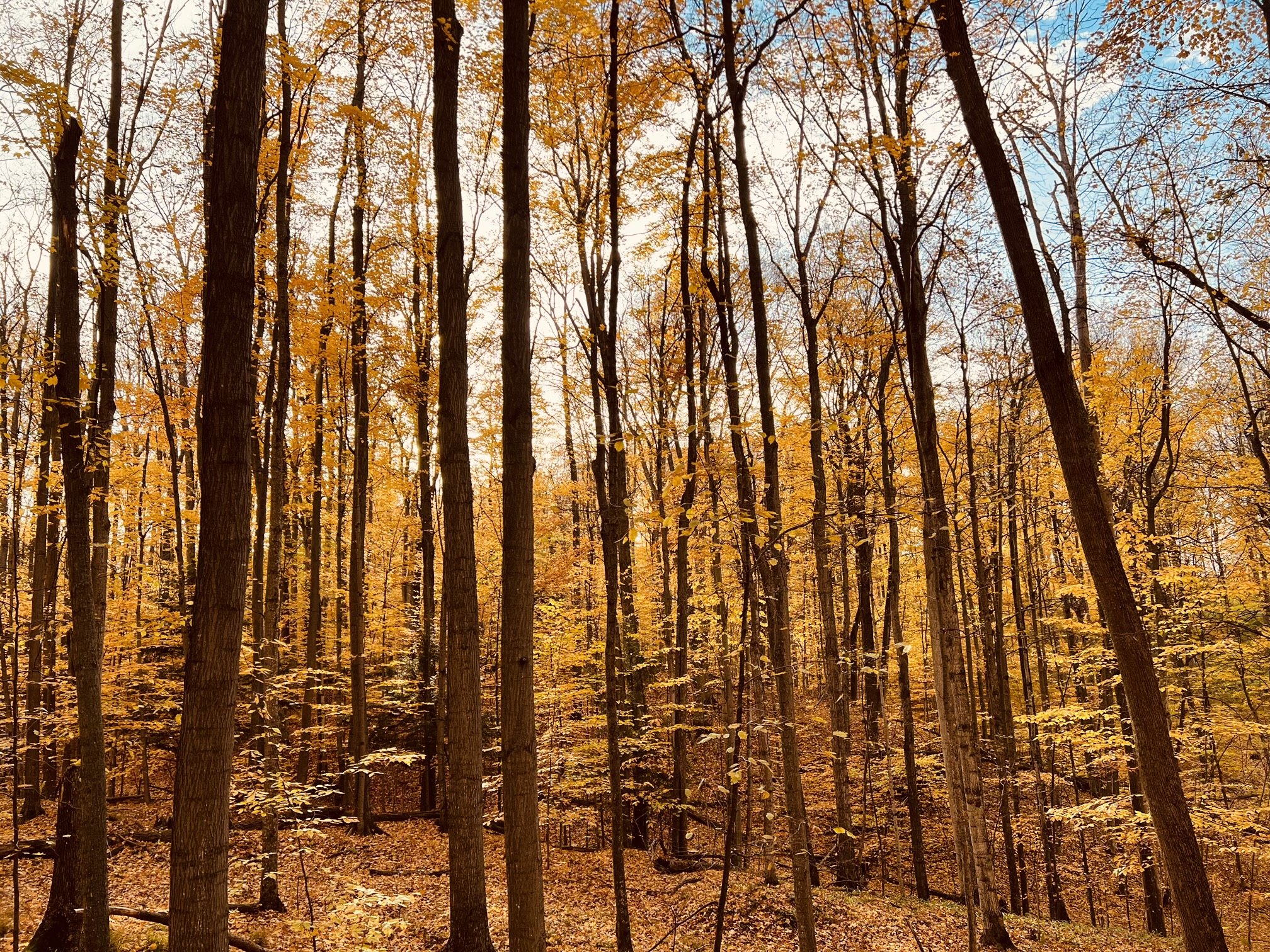
Preserve the Arboretum
at the Grand Traverse Common
Preserving the Historic Arboretum
The Friends have undertaken the first steps in a long-term project to preserve and replenish the Historic Arboretum of trees throughout the campus of the former State Hospital. The park-like setting of the arboretum is integral to the historic character of the property
The first superintendent of the Hospital, Dr. James Decker Munson, had a vision to enhance the natural setting for the benefit of the patients. His vision included the planting of many trees that became the arboretum - part of the hospital’s “therapeutic landscape” - connecting architecture and the land; viewing nature as a restorative influence.
As Dr. Munson traveled throughout the US, he sent back many unique trees and plants for the hospital grounds. About 500 trees of varying species, some rare to the area, are part of the arboretum. These trees are more than 80 years old on average, and many have already outlived their life-expectancy.
The arboretum includes trees rare to the area, such as pyramidal English Oaks, Copper Beech, Yellowwood, Pecan, Elm, Horse Chestnut, and Gingko Biloba
What the Friends are Doing to Preserve the Arboretum
In 2021 with the help of Davey Tree Service, funded by donations and grants from individual donors, Traverse City Rotary Club’s Good Works Fund, and the Grand Traverse Regional Community Foundation, 465 Trees within the Historic Arboretum at the Grand Traverse Commons were catalogued.
In 2022, with funding from supportive donors and a Rotary Charities Seed Grant, the Friends commissioned Schillinger Forestry to undertake a more extensive—tree-by-tree—survey with greater detail about each tree’s health and specific recommendations for each tree’s future maintenance. That survey was completed in the Spring of 2023.
The Friends shared the complete data set from the comprehensive survey with all the property owners around the Commons.
Next Steps
Establish a Tree Fund to assist property owners to maintain or replace trees.
Help property owners identify and maintain important trees.
Fundraise to put signage on each individual tree to identify the type of tree and, if appropriate, why it is historically or botanically important.

